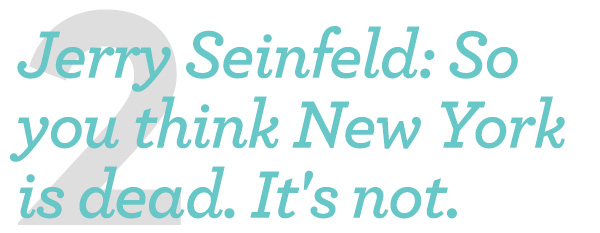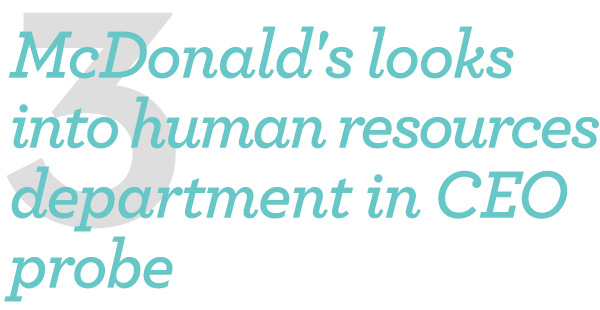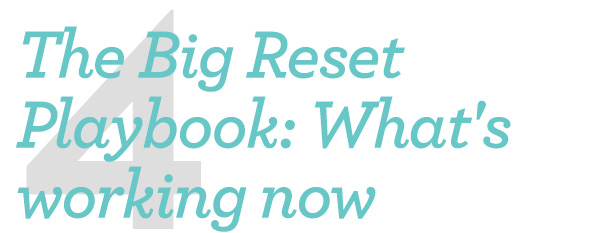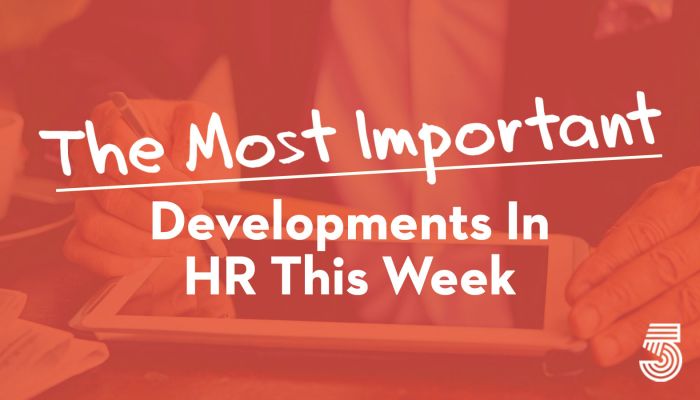
Bustling skyscrapers and office parks packed with workers could be a relic of the pre-pandemic world. The health crisis has forced millions of Americans to abandon their offices in favor of working from home, for better or worse. Now there are signs this may not be a short-term phenomenon, but more of a permanent shift in favor of remote work even after a COVID-19 vaccine is in place. More than two-thirds (68%) of large company CEOs plan to downsize their office space, according to a survey released Tuesday by KPMG. The pandemic is proving employees don’t need to work in cubicles to be successful. And that in turn raises questions about the value of expensive office space, especially in high-priced cities like New York and San Francisco. The survey, which captured responses mostly from companies with more than $1 billion in annual revenue, suggests that even if a vaccine were to be approved tomorrow, the shift to a more nimble virtual work model is not going away. Corporate America is accelerating its investments in digital transformation. CNN


Manhattan is an island off the coast of America. Are we part of the United States? Kind of. And this is one of the toughest times we’ve had in quite a while. But one thing I know for sure: The last thing we need in the thick of so many challenges is some putz on LinkedIn wailing and whimpering, “Everyone’s gone! I want 2019 back!” There’s some other stupid thing in the article about “bandwidth” and how New York is over because everybody will “remote everything.” Guess what: Everyone hates to do this. Everyone. Hates. You know why? There’s no energy. Energy, attitude, and personality cannot be “remoted” through even the best fiber optic lines. That’s the whole reason many of us moved to New York in the first place. You ever wonder why Silicon Valley even exists? I have always wondered, why do these people all live and work in that location? They have all this insane technology; why don’t they all just spread out wherever they want to be and connect with their devices? Because it doesn’t work, that’s why. Real, live, inspiring human energy exists when we coagulate together in crazy places like New York City. Feeling sorry for yourself because you can’t go to the theater for a while is not the essential element of character that made New York the brilliant diamond of activity it will one day be again. The New York Times


McDonald’s has expanded its investigation into its former CEO’s possible misconduct. The company’s board of directors has hired an outside law firm as part of a probe into its human resources office to determine if Steve Easterbrook, who exited abruptly in November, covered up misconduct for others in that department. The Golden Arches didn’t share details about the allegations. McDonald’s conducted an internal investigation in 2018 after employees complained about inappropriate physical contact between the company’s top HR executive, David Fairhurst, and a subordinate at a holiday party, the Wall Street Journal reported Tuesday. Easterbrook also appointed Fairhurst to lead the HR department. Fairhurst left McDonald’s around the same time as Easterbrook, but the company said at the time that the departures were unrelated. Employees in human resources also told McDonald’s legal department that they felt passed over for advancement opportunities because they weren’t part of an after-hours social gathering, the Journal reported. CBS News


What have companies done to respond to the pandemic? Here’s the answer: today we launch the first in a series of research studies on The Big Reset. We call it The Big Reset Playbook. When the pandemic hit, the Josh Bersin Academy immediately realized the need for rapid learning and knowledge among the HR community. So, through the Josh Bersin Academy, Josh started a series of multi-hour, online meetings with HR executives to understand their reactions, responses, and new strategies for supporting workforces. This report summarizes more than 200 hours of interviews, in-depth case studies, and group discussions with 600 companies around the world. The 25-page report includes 20 key priorities identified by executives, a new leadership model, back-to-work imperatives, case studies from Autodesk, Yum! Brands, Sanofi, and more. Josh Bersin


As the 60-plus million members of Generation Z enter the workplace, adapting training programs to connect with them is mission-critical. Gen Zers — born in the mid-1990s — will account for more than 20 percent of working adults by the end of 2020. Their preferences are more in line with Gen Xers than the Millennials, despite their technology fluency. They’re the first generation raised entirely in the Digital Age but — surprisingly — prefer face-to-face communication with their peers. “Generations are created from change — the new things out there that change the way we live, think, and our intuitive understanding of how the world should work,” says Marcie Merriman, Americas Cultural Insights & Customer Strategy leader at Ernst & Young (EY). These changes — including social, political, economic, and cultural shifts — shape a common set of attitudes and expectations for those who spent their formative years in their midst. The result is a new generation, and EY’s Gen Z Segmentation Study shows we’re in the midst of the emergence of a new post-Millennial generation: Generation Z. Training










